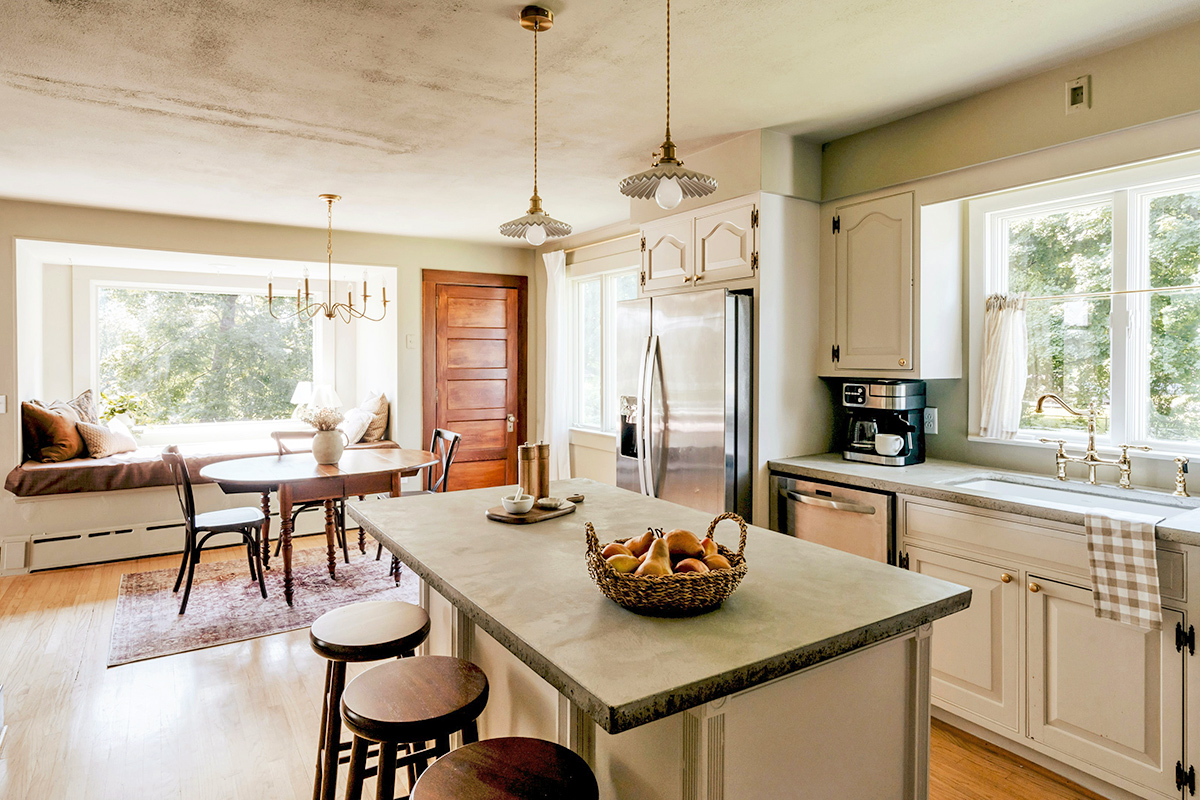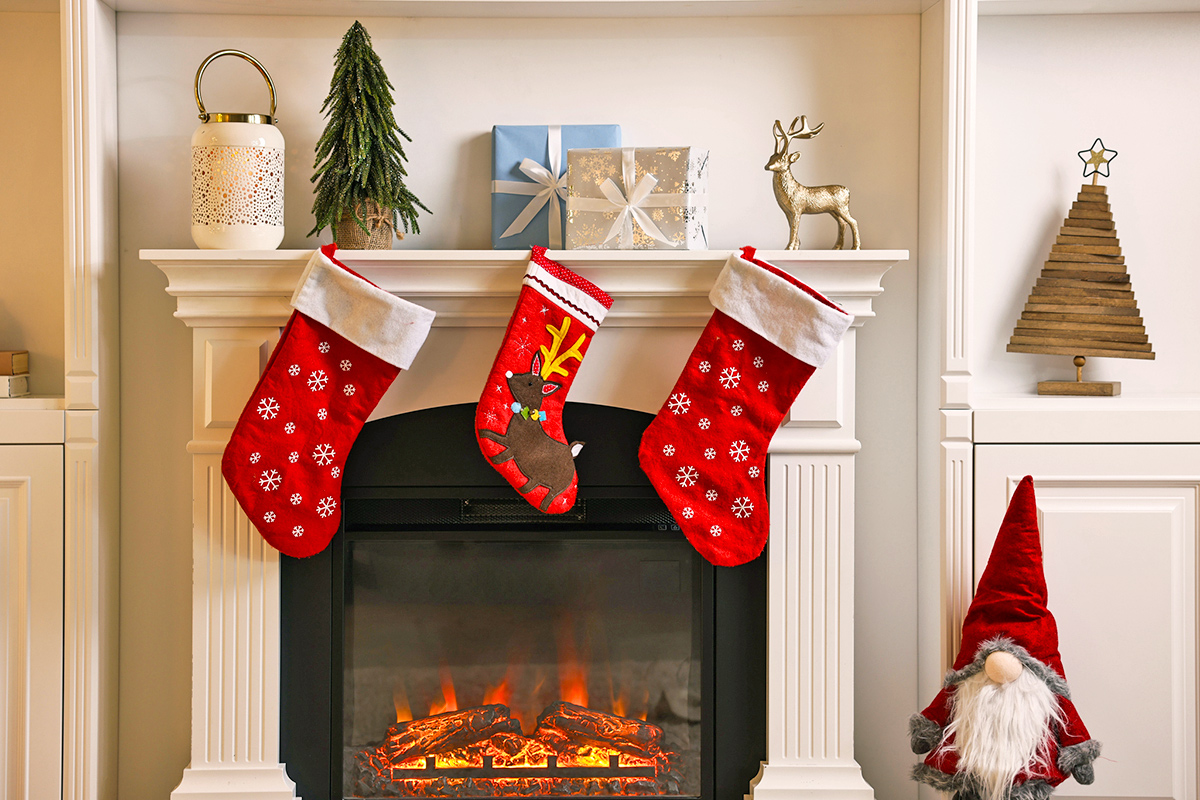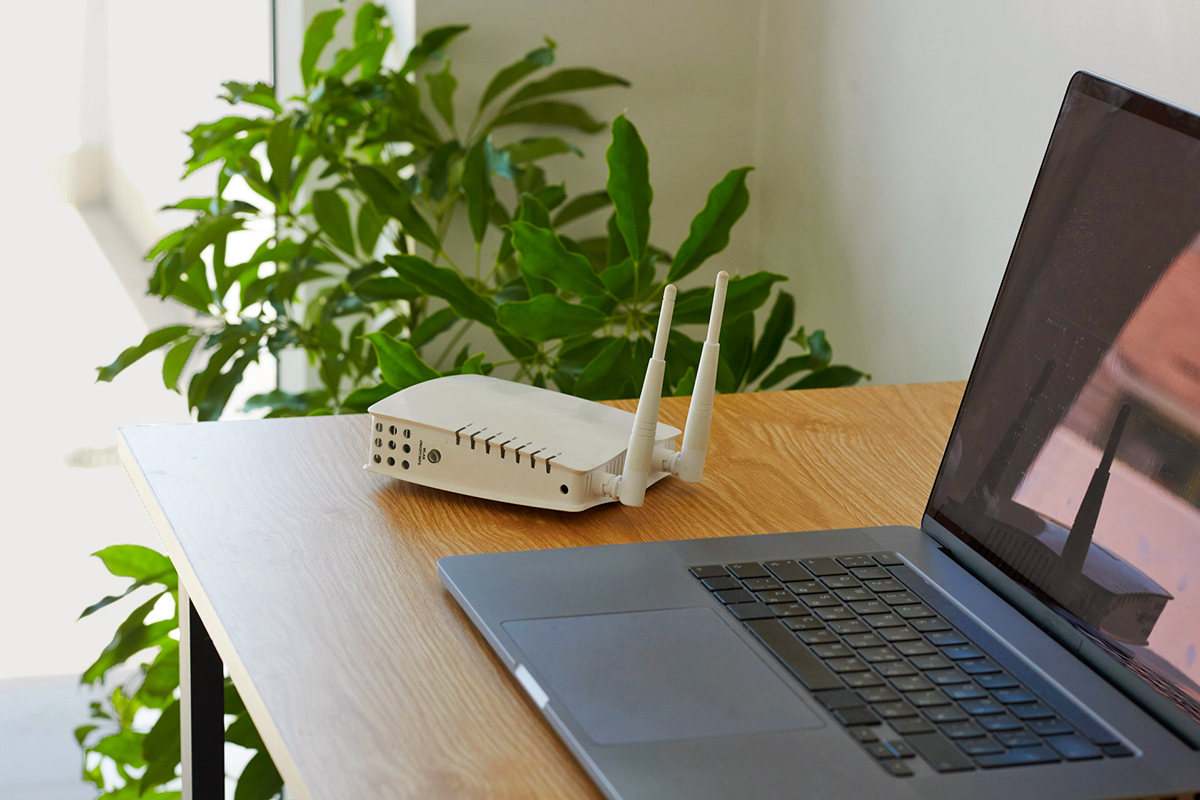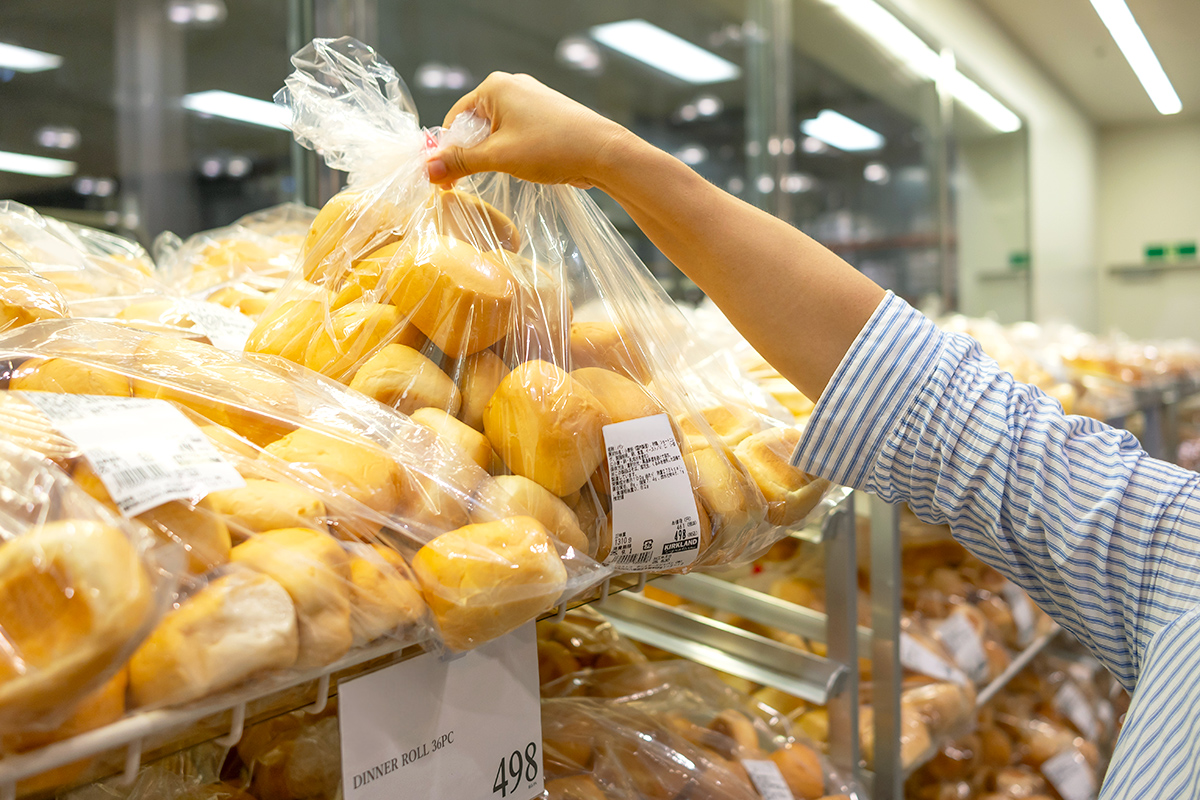Commercial kitchens are filled with durable polyethylene cutting boards, which are relatively inexpensive, long-lasting, and capable of withstanding the high heat of a commercial dishwasher. Yet at home, many chefs opt for wooden cutting boards. They’re functional, beautiful, and may even have antimicrobial properties, unlike their plastic counterparts. The downside is they’re prone to staining,…
Removing Stains From Wood Cutting Boards
The good news is that many popular stain-removal hacks actually work. Scouring with baking soda or kosher salt works because both are gentle abrasives that also absorb pigments. Acidic liquids such as vinegar and lemon juice have a bleaching effect and act as solvents. Overproof alcohol is a lesser-known but surprisingly effective solvent for lifting stains.
Adding an acid to baking soda increases its stain-removing power by causing it to fizz. Hydrogen peroxide works similarly, bleaching and sanitizing the board. A diluted solution of chlorine bleach (1 tablespoon per gallon of water) offers the same benefits.
So, is there a winning combination or specific order for these cleaning methods? Here’s what our resident chef suggests.
More from our network
House Outlook is part of Inbox Studio, which publishes content that uplifts, informs, and inspires.
The Ultimate Stain-Removal Method
Unless the manufacturer of your cutting board suggests a different process, the following steps will effectively remove most common cutting board stains:
1. Pour high-proof alcohol, such as Everclear or Golden Grain, over the stain and let it rest for five minutes before wiping it off.
2. Shake a small mound of baking soda or coarse salt over the stain, and use a damp cloth or half of a lemon to scour it well.
3. Wash the cutting board with dish soap and warm water, rinse, towel dry, then apply either 3% hydrogen peroxide or a solution of 1 teaspoon of chlorine bleach in a quart of water. Let it sit for five minutes, then air-dry or wipe dry with a clean towel.
Over time, the working surface of your wood cutting board becomes porous and easily stained, and scraping it periodically with a putty knife helps to remove that layer. For truly well-used boards, taking them to a wood shop and running them through a planer restores their pristine original finish.


Once your board is clean and completely dry, seal it with a food-grade mineral oil or specialized cutting board oil (available online or at most kitchenware retailers). This seals the wood, preserving its beauty and protecting against future stains.

















